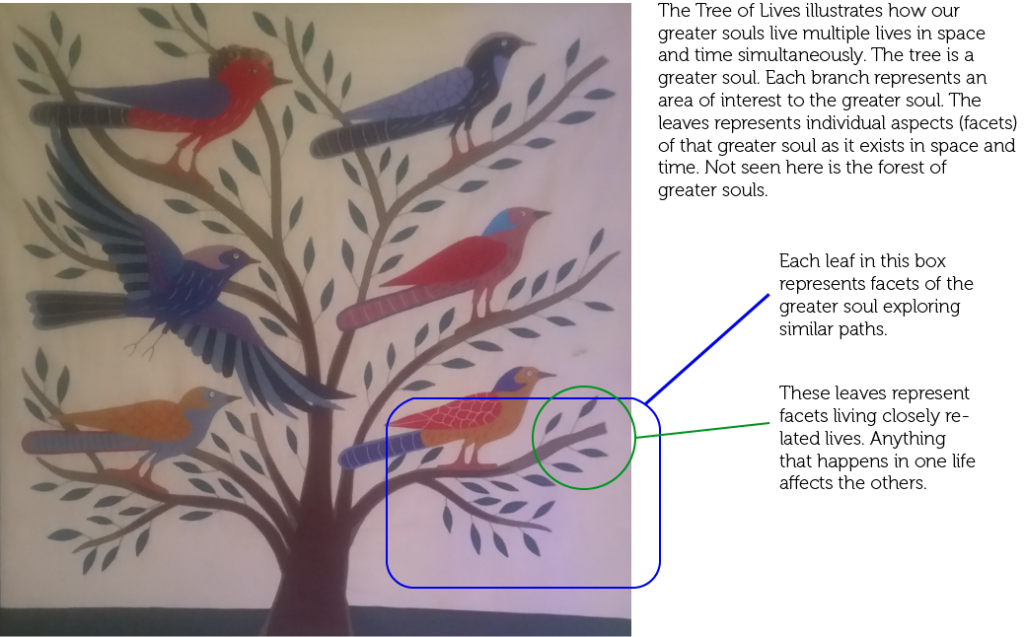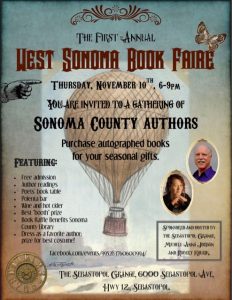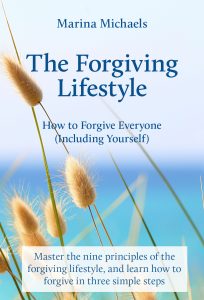We all have that friend. Let’s call her Joan. Joan always says she’ll do something, and then never does it. She says she’ll meet you for tea at a bookstore. You’re looking forward to it; you haven’t seen Joan in months. (And there’s a reason why you haven’t seen her. Just watch.) But when the day arrives, she calls and cancels. She’s sick and not feeling up to going out, she says.
“Sure, no problem,” you say. “Another day.” And you reschedule. But when that next time arrives, she calls again. She can’t make it. Something came up at home that has to be dealt with right now.
This continues, and you start to notice she’s doing this to other people. She promises she’ll attend her son’s third-grade play, but something comes up at work that positively, absolutely, has to be handled that evening. So she misses the play, breaking her son’s heart once again. She promises him that for sure she’ll attend the fourth-grade play, forgetting she said that last year when she missed the second-grade play. She doesn’t seem to realize that she will never have another chance to see her son in his third-grade play. And frankly, for the majority of us, nothing at work is so important that it has to be dealt with on a Friday night. It was just another excuse.
She’s even doing it to herself. For example, she’s passionately dedicated to improving her art skills, so she signs up for a pottery class. (Don’t laugh. Artists are producing some amazing pottery these days.) But she skips one class after another because something comes up each time. And she doesn’t do her homework because when she has time to do it, she does something else.
In short, if it’s not one thing, it’s another. Something always comes up that interferes with Joan’s plans.
Don’t get me wrong, we all have things come up that interfere with our plans. I’m talking about people for whom something always comes up, not just now and then. It isn’t just procrastination, though procrastination plays its part with these people as another way to stop themselves. Joan is never going to make that tea date with you. She’s never going to see her son in any of his school plays. She’s never going to finish that pottery class.
Believing as I do that
- we are all in charge of ourselves,
- we all have free will, and
- nobody “makes” us do anything we don’t want to do,
I’ve never understood why people do this to themselves (and others). I’ve always assumed they just didn’t want to do whatever they committed to, and then they found reasons not to do it.
And I’ve been pretty close to the mark. In his book, The Big Leap: Conquer Your Hidden Fear and Take Life to the Next Level (awesome book—I highly recommend it), Gay Hendricks has a more complete answer. In a nutshell, he says we put barriers in our own way when we get too close to a level of success that we’re not comfortable with. Which explains this phenomenon quite clearly.
I’m not far wrong when I say that people do this to themselves because they don’t want to do whatever. But it’s deeper and more complex than a matter of want to/don’t want to. It’s a matter of being afraid to. (The fear part is simple; why we’re afraid is more complex.)
If you want to understand the Joans in your life, or if you’re a Joan yourself, or even if you’re not a Joan but you feel you are often stymied in your efforts to get to the next step in your life, get this book. Read it. And learn to say “yes” to life.
(P.S. My apologies to the awesome Joans I know; I’m not picking on you!)



